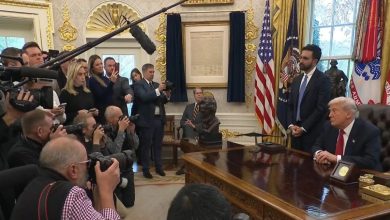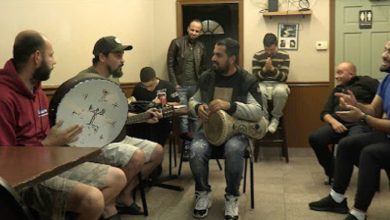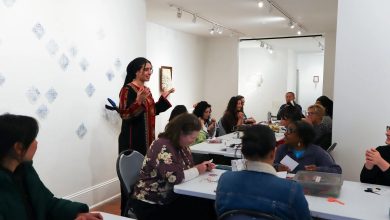Hamtramck: America’s First Muslim-Majority City and a Symbol of Islamic Identity in the U.S.
From immigrant roots to Muslim-majority leadership, Hamtramck stands as a powerful symbol of Islamic identity and multicultural coexistence in the United States.
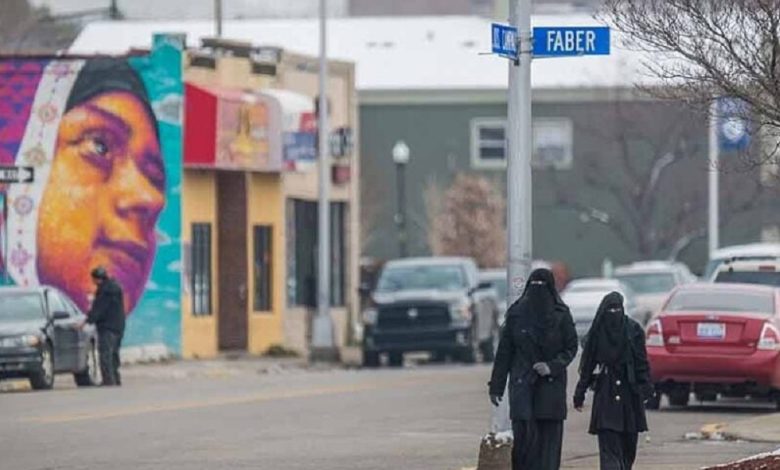
In recent years, Hamtramck, Michigan—a small city nestled within the greater Detroit metropolitan area—has drawn national attention for being one of the most Islamically influenced cities in the United States. Known for its Muslim-majority population, mosques outnumbering churches, and unprecedented political representation by Muslims, Hamtramck represents a unique chapter in the American immigrant experience.
Historical Transformation: From Polish to Yemeni and Bangladeshi
Originally settled by German and Polish immigrants, Hamtramck was for decades a hub of European-American working-class culture, especially with the rise of the auto industry in nearby Detroit. By the late 20th century, as white flight and industrial decline took hold, new waves of immigrants—primarily from Yemen, Bangladesh, Bosnia, and Albania—began to populate the city.
These communities brought with them strong Islamic traditions, and by the early 2000s, the Muslim population began to surpass the Christian population, both culturally and politically.
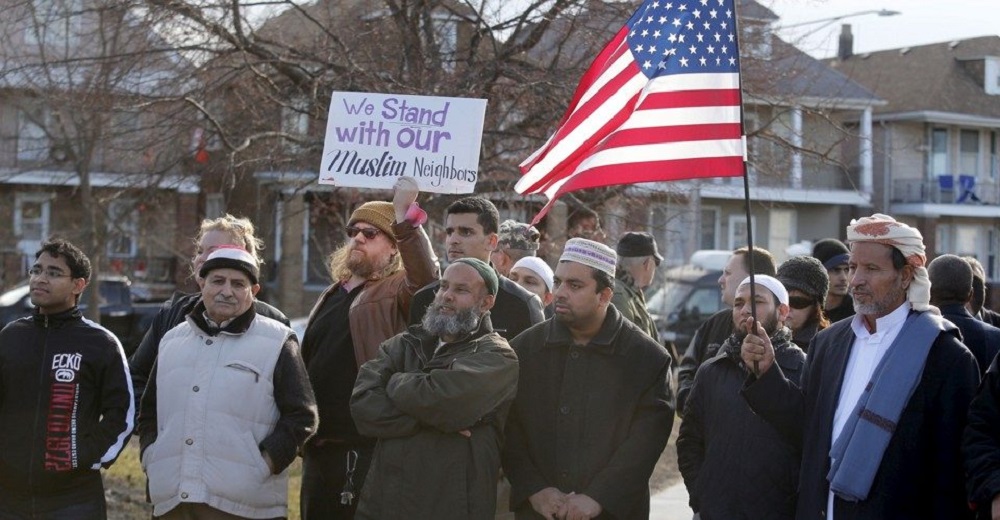
Muslim Majority and Political Milestones
Hamtramck made history in 2015 by becoming the first city in the United States to elect an all-Muslim city council. The council included Yemeni, Bangladeshi, and Bosnian members, and reflected the city’s transformation into a vibrant multicultural and Muslim-majority municipality.
This trend continued, and in 2021 and again in 2025, the city elected Muslim mayors, including the latest, Adam Al-Harbi, a Yemeni-American. These milestones have earned Hamtramck the unofficial title of “the most Islamic city in America.”
Visible Islamic Presence: Mosques, Halal Food, and Daily Life
In Hamtramck:
-
Mosques outnumber churches, with the adhan (Islamic call to prayer) publicly broadcast five times a day—a practice that was officially approved by city ordinance.
-
Halal grocery stores, restaurants, and businesses line the streets.
-
Muslim holidays such as Eid al-Fitr and Eid al-Adha are widely observed by both the community and schools.
-
The city also promotes religious accommodation, with hijab and Islamic attire being commonplace in public spaces.
This visibility of Islamic life, fully integrated into American society, is what makes Hamtramck stand apart.
A Model of Multicultural Coexistence
Despite occasional controversy or tension, Hamtramck is largely seen as a success story of peaceful coexistence between Muslim and non-Muslim residents. The city stands as a testament to the U.S. Constitution’s protection of religious freedom, where immigrant communities have not only preserved their identity but also contributed to the social, economic, and political fabric of the city.
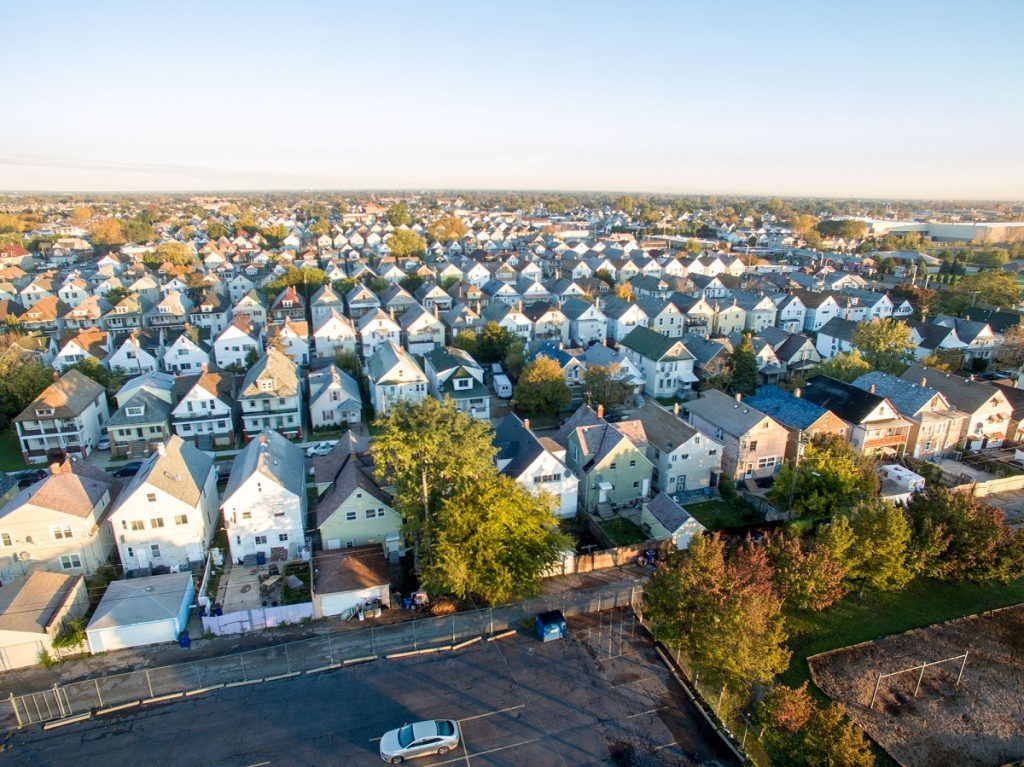
A Symbol of America’s Evolving Identity
Hamtramck is more than just a Muslim-majority city. It is a symbol of how immigrant communities—particularly Muslim ones—can thrive, lead, and reshape local governance in the U.S. It offers a glimpse into the future of American diversity: one where faith, culture, and civic duty coexist harmoniously.
As one resident put it, “In Hamtramck, you can be fully Muslim and fully American at the same time.”

